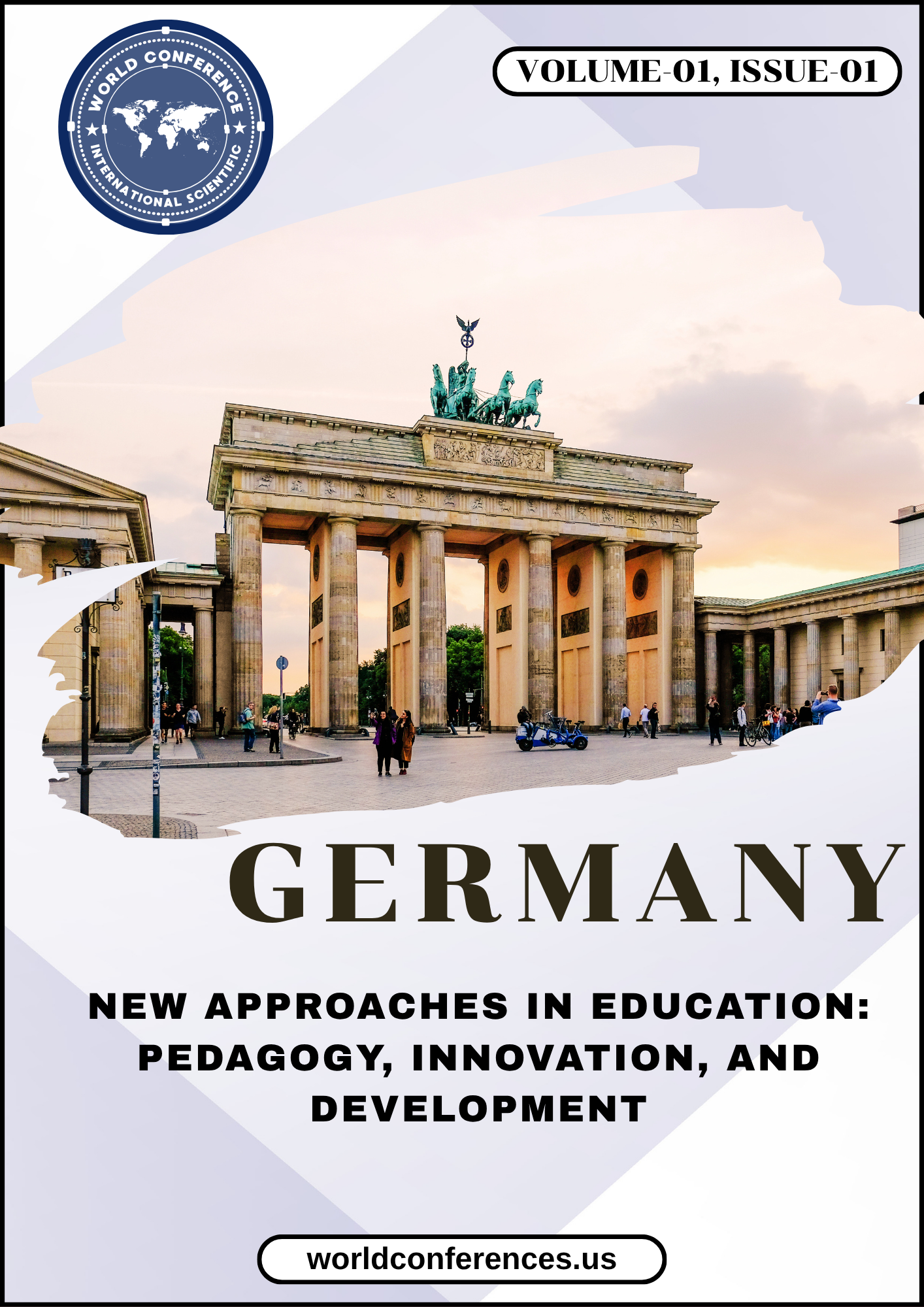Agroecology and Permaculture Approaches for Sustainable Agriculture in Semi-Arid Uzbekistan
Keywords:
agroecology, permaculture, sustainable agriculture, Uzbekistan, food security, climate resilienceAbstract
Agroecological and permaculture approaches provide holistic pathways for addressing the ecological, economic, and social challenges facing modern agriculture. In semi-arid Uzbekistan, where irrigation accounts for nearly 90% of freshwater withdrawals and land degradation undermines productivity, innovative methods are urgently required. This paper discusses the outcomes of a pilot project in the Samarkand region that applied agroecology and permaculture principles on smallholder farms. Using a mixed-method approach, soil quality indicators, crop productivity, biodiversity, and socio-economic factors were assessed. The results showed an increase in soil organic matter by 12–20%, irrigation water savings of 20–40%, and forage yields up to 25% higher than conventional plots. Biodiversity improved, particularly in pollinator activity and beneficial insects, while household resilience was enhanced through diversified incomes and reduced dependence on synthetic inputs. Challenges include higher labor demands and limited market access, but the overall findings underscore the potential of agroecology and permaculture to strengthen sustainable agriculture and food security in Uzbekistan. The study recommends scaling these practices through targeted policies, participatory training, and integration into climate adaptation frameworks.
References
1. Altieri, M. A., & Nicholls, C. I. (2017). Agroecology: A brief account of its origins and current development. Journal of Sustainable Agriculture, 3(1), 1–13.
2. FAO. (2018). The 10 elements of agroecology: Guiding the transition to sustainable food and agricultural systems. Rome: FAO.
3. FAO. (2021). Country profile: Uzbekistan. Rome: FAO.
4. Gliessman, S. R. (2020). Agroecology: Leading the transformation to a just and sustainable food system (2nd ed.). CRC Press.
5. Ibragimov, N., et al. (2007). Water use efficiency of irrigated cotton under drip and furrow irrigation. Agricultural Water Management, 90(1–2), 112–120.
6. Kienzler, K. M., et al. (2012). Conservation agriculture in Central Asia—What do we know and where do we go from here? Field Crops Research, 132, 95–105.
7. Pretty, J., Benton, T. G., Bharucha, Z. P., Dicks, L. V., Flora, C. B., Godfray, H. C. J., ... & Wratten, S. (2018). Global assessment of agricultural system redesign for sustainable intensification. Nature Sustainability, 1(8), 441–446.
8. Wezel, A., Bellon, S., Doré, T., Francis, C., Vallod, D., & David, C. (2009). Agroecology as a science, a movement and a practice. Sustainable Agriculture, 2(1), 27–43.
9. World Bank. (2023). Uzbekistan — Policy perspectives for irrigation and drainage sector. Washington, DC: World Bank.

